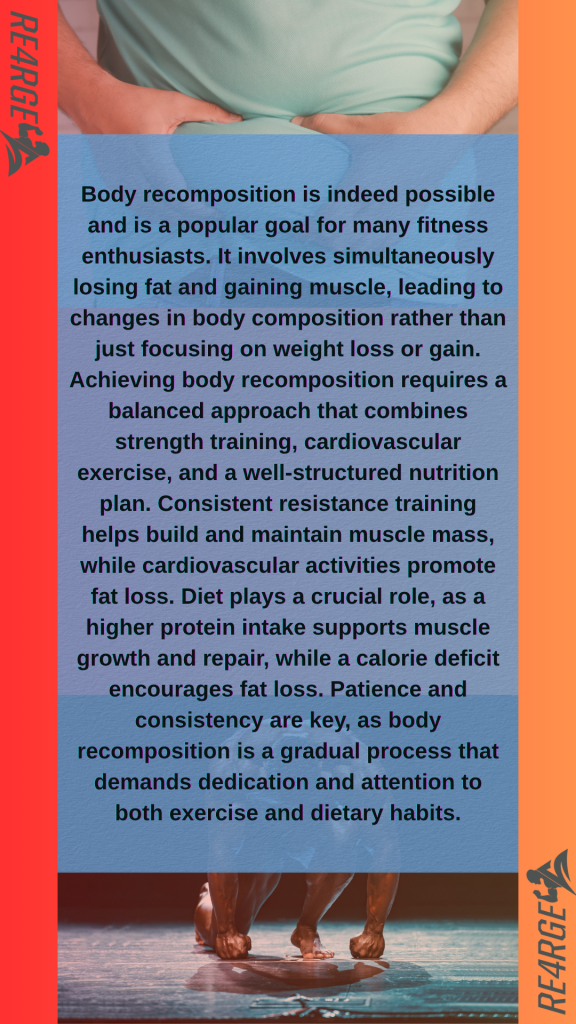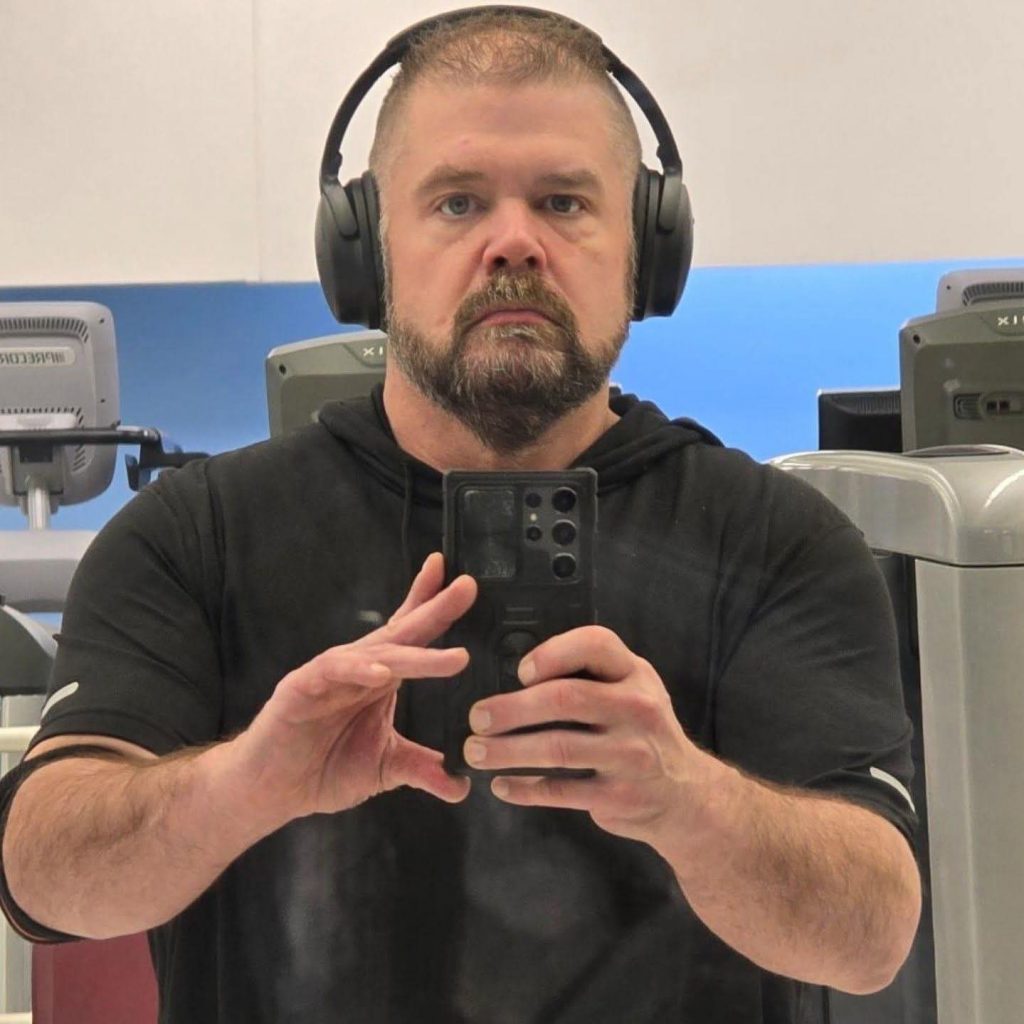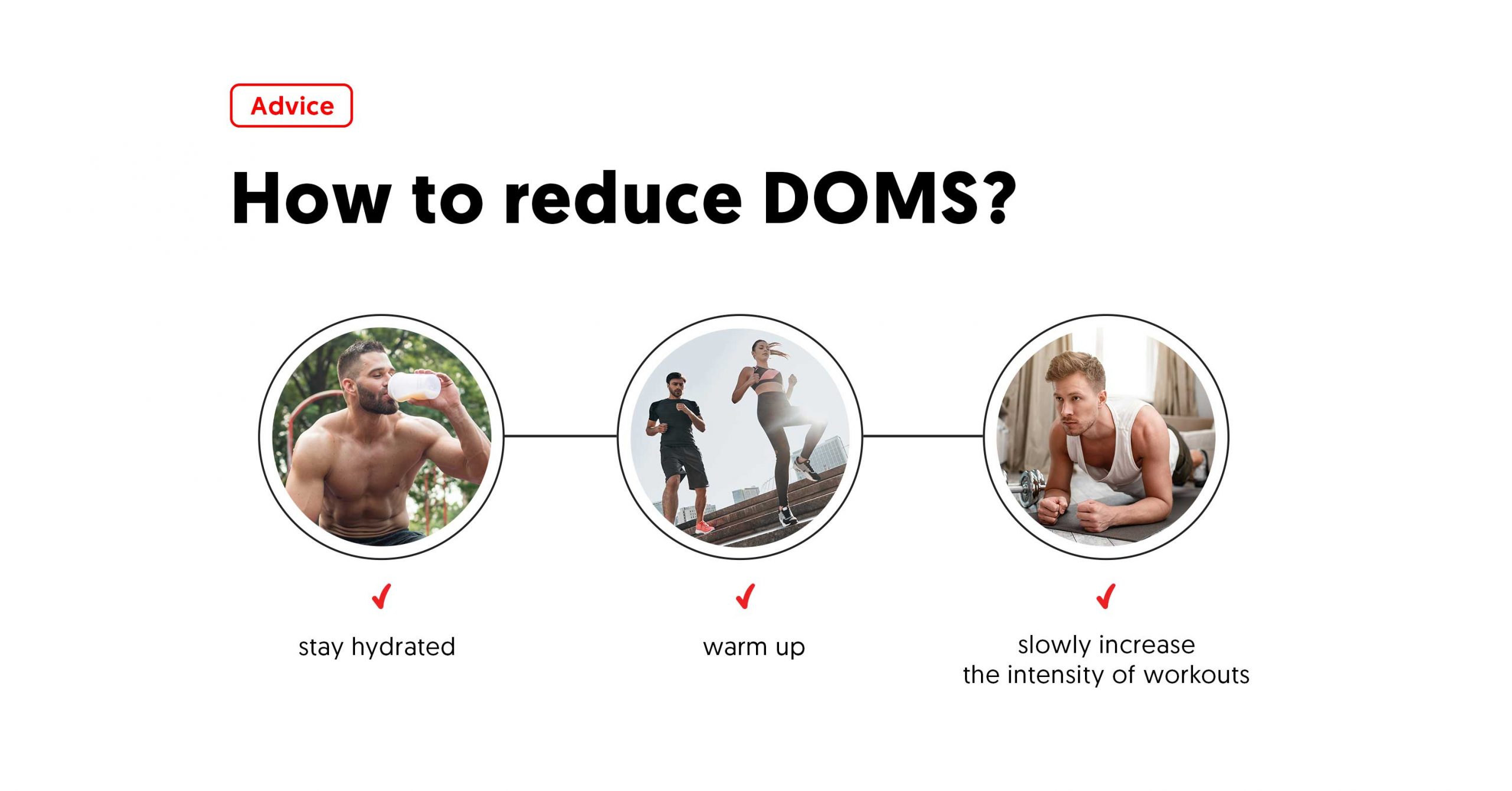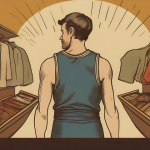I get it. Starting a fitness journey in your 30s, 40s, 50s, or beyond is tough. Your muscles ache, your body feels like it’s fighting you, and some nights, the pain keeps you awake. I’ve been there. At 51, I went from 410 pounds to 200, chasing my dream of becoming an aspiring bodybuilder. But along the way, muscle soreness during body recomposition nearly stopped me in my tracks.
My legs cramped, my back screamed, and there were moments I wanted to quit. Sound familiar? You’re not alone, and we’re in this together—you, me, and the Re4rge community.
Through sleepless nights and stubborn pain, I kept my eyes on the goal: a stronger, healthier me. And you can too. In this article, I’ll share my story and five practical tips that helped me overcome soreness to keep pushing forward. We care about your journey, and we’re here to help you recharge your path to fitness.
Let’s do this as a team.
What Is Body Recomposition and Why Does It Hurt?
Body recomposition—losing fat while building muscle—is a game-changer, especially for those of us over 40. It’s about transforming your body, not just dropping pounds. But here’s the catch: it can hurt. When I started my journey with Re4rge, my muscles weren’t used to the new demands. Years of carrying 410 pounds had left my posture out of whack, and as I ramped up exercise, every squat, lunge, and dumbbell curl felt like retraining my body from scratch.
Why does this happen? Exercise breaks down muscle fibers, causing Delayed Onset Muscle Soreness (DOMS), which peaks 24–48 hours after a workout. For older adults or those coming off significant weight loss, like me, the shift in posture and new movements can amplify discomfort.
A 2023 study from PubMed confirms that DOMS is a natural part of muscle adaptation, especially when starting or intensifying exercise. But knowing it’s normal doesn’t make those aching nights easier.
Let’s talk about how I got through it—and how you can too.

My Story: From 410 to 200 Pounds and Facing Soreness
Picture this: I’m 51, down 210 pounds, and finally feeling my body change. I’m hitting the gym, dreaming of bodybuilding, and following my Re4rge plan—bro splits, hypertrophy workouts, and a diet packed with protein (280g daily from beef, chicken, and sweet potatoes). But as I pushed harder, the soreness hit like a freight train.
My quads cramped after lunges, my lower back ached from deadlifts, and my shoulders screamed after incline dumbbell presses. Some nights, I’d lie awake, tossing and turning, wondering if I’d made a mistake.
Those moments tested me. I’d stare at the ceiling, pain radiating through my legs, thinking, “Is this worth it?” But then I’d picture my goal: standing strong, healthy, and confident. That vision kept me going. If I could push through, so can you. We’re not just chasing fitness; we’re building a life we’re proud of.
Let’s keep that fire burning.

Why Muscle Soreness Is Normal (and When It’s Not)
Muscle soreness is your body’s way of saying, “Hey, we’re changing!” When you start exercising, especially after weight loss or years of inactivity, your muscles adapt to new stresses. For me, losing 210 pounds meant my body was relearning how to move. Posture shifts—like standing taller or engaging my core—made my muscles work in ways they hadn’t before, leading to cramps and discomfort.
According to the Mayo Clinic, DOMS is common and usually subsides within a few days. It’s a sign your muscles are growing stronger. But here’s what to watch for: sharp, persistent pain or swelling could signal an injury. If you feel anything beyond typical soreness, consult a doctor. For me, learning the difference between “good pain” and “bad pain” was key.
You’ve got this—just listen to your body, and we’ll guide you through the rest.
5 Practical Tips to Manage Muscle Soreness
I know how discouraging soreness can be, but you don’t have to let it stop you. Here are five strategies that helped me push through—and they’ll help you too. We’re in this together, and I’m cheering you on every step of the way.
1. Prioritize Recovery Techniques
Recovery was my lifeline.
When cramps kept me up at night, I started a 10-minute daily routine:
- Stretching: Gentle stretches for my quads, hamstrings, and back eased tension. Try a seated forward fold to loosen your hamstrings.
- Foam Rolling: Rolling out my calves and thighs felt like a massage, reducing tightness.
- Light Movement: A 15-minute walk on rest days kept my muscles loose without overdoing it.
Start small, even 5 minutes a day. Your body will thank you, and you’ll feel ready to tackle your next workout.
2. Fuel Your Body Right
Nutrition was a game-changer for me. After losing 210 pounds, I learned that protein and hydration are crucial for recovery. I aimed for 280g of protein daily—think grilled chicken, lean beef, and eggs—paired with complex carbs like sweet potatoes for energy.
A 2024 study from the American College of Sports Medicine highlights that protein supports muscle repair, especially for older adults.
Drink plenty of water too. Dehydration can worsen cramps, and I noticed a big difference when I upped my water intake to 100 ounces daily. You’re building a stronger you, so fuel up like it!
3. Start Slow and Progress Gradually
When I started, I was eager to lift heavy and go hard. Big mistake. Overdoing it made my soreness worse. Instead, I eased in with bodyweight exercises like squats and push-ups before adding weights.
For example, I began with light dumbbells for my incline presses, focusing on form to avoid strain.
If you’re new to fitness or over 40, start with 2–3 workouts a week, 20–30 minutes each. Gradually increase intensity. You’re not racing—you’re building a foundation for life. We believe in your progress, no matter the pace.
4. Master Proper Form
Poor form was my enemy. Early on, my grip during incline dumbbell presses was off, causing shoulder soreness. I worked with a trainer to perfect my posture—chest up, core engaged, shoulders back. Proper form not only reduced pain but also made my workouts more effective. If you’re unsure about form, watch tutorials or consult a trainer. Small tweaks make a big difference. You’re stronger than you think, and we’re here to help you shine.
5. Keep Your Mindset Strong
Those sleepless nights were tough, but mindset kept me going. When pain made me want to quit, I set small goals: one more workout, one more stretch. I also leaned on community—sharing struggles and victories kept me motivated. You’re not alone in this. Picture your end goal: maybe it’s lifting heavier, running a 5K, or just feeling great in your skin. Hold onto that vision.
I’m rooting for you.
Sample Recovery Routine to Ease Soreness for Beginners Over 40
I know how tough muscle soreness can be—I felt it during my 210-pound weight loss journey, tossing and turning through sleepless nights as my body adjusted to new workouts. At 51, as an aspiring bodybuilder, I learned recovery is key, especially for those of us over 40 or using GLP-1 meds like Ozempic. This 10-minute daily routine helped me stay refreshed and keep pushing. It’s beginner-friendly, low-impact, and perfect for your 30s, 40s, 50s, and beyond. Try it, and let’s recharge together at Re4rge!
| Day | Activity | Duration | Why It Helps |
|---|---|---|---|
| Monday | Full-body stretch | 10 min | Loosens tight muscles (e.g., quads, back) to ease soreness from workouts or posture changes. |
| Tuesday | Foam rolling (legs) | 5 min | Relieves tension in calves and thighs, perfect after walking or GLP-1-related fatigue. |
| Wednesday | Light walk | 15 min | Boosts circulation to reduce DOMS without stressing joints, great for beginners. |
| Thursday | Yoga (beginner flow) | 10 min | Improves flexibility and calm, countering stress from weight loss or medication. |
| Friday | Foam rolling (back) | 5 min | Targets lower back soreness from new exercises or posture shifts post-weight loss. |
| Saturday | Full-body stretch | 10 min | Keeps muscles limber, preparing you for the next week’s workouts. |
| Sunday | Rest or light walk | 10–15 min | Promotes recovery with gentle movement or complete rest to recharge energy. |
How Re4rge Can Help You Stay Motivated
At Re4rge, we’re more than a website—we’re a community built on real transformations, like my 210-pound weight loss. I created Re4rge to support people like you, in your 30s, 40s, 50s, and beyond, who are ready to recharge their fitness. Check out our resources:
- Supplement Guides: Learn which proteins or recovery aids worked for me.
- Workout Tutorials: Follow beginner-friendly plans to ease into fitness.
- Community Forum: Share your struggles and wins—we’re here to lift you up.
Join us at Re4rge.com to find tools, inspiration, and a team that cares.
You’ve got this, and we’ve got your back.






